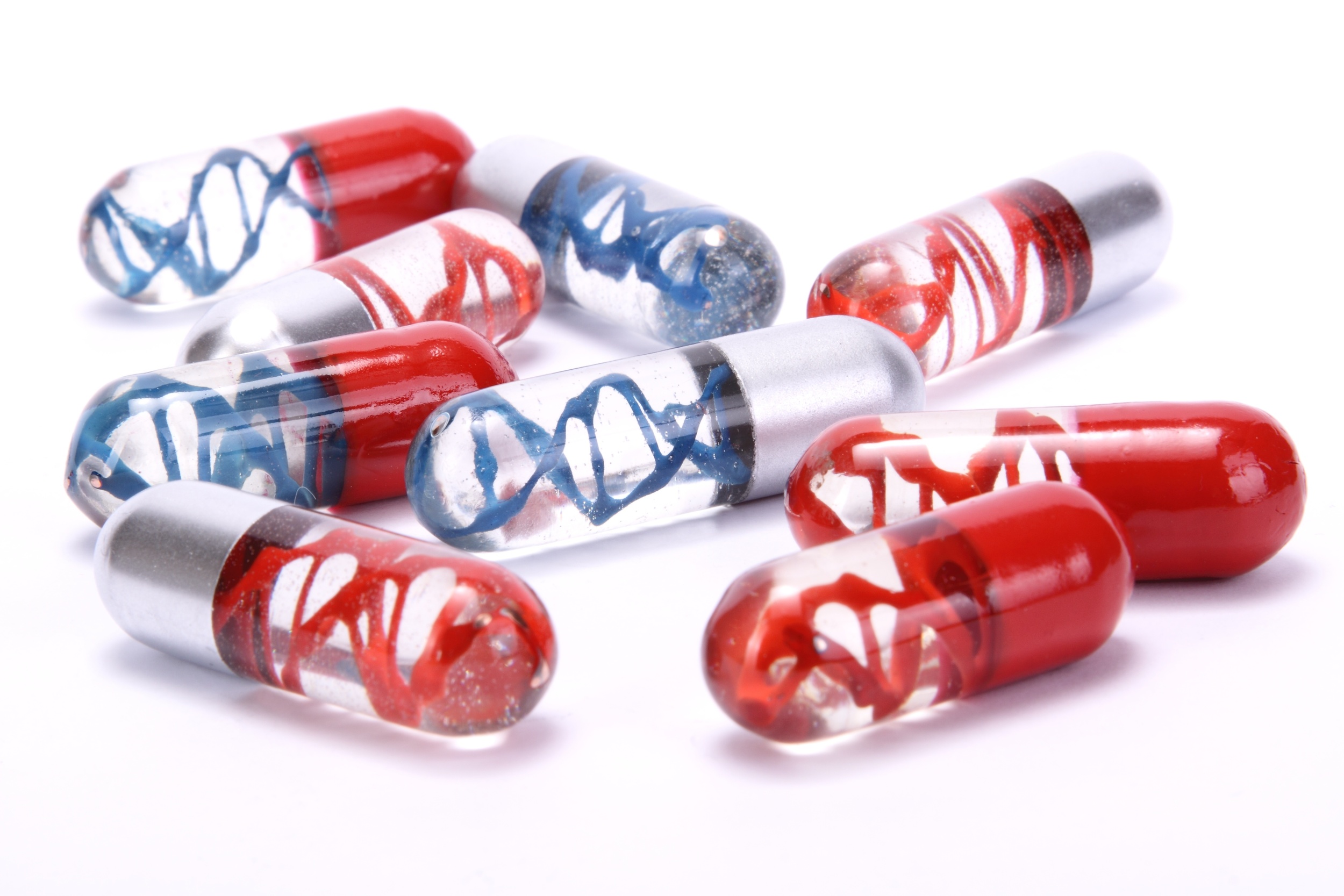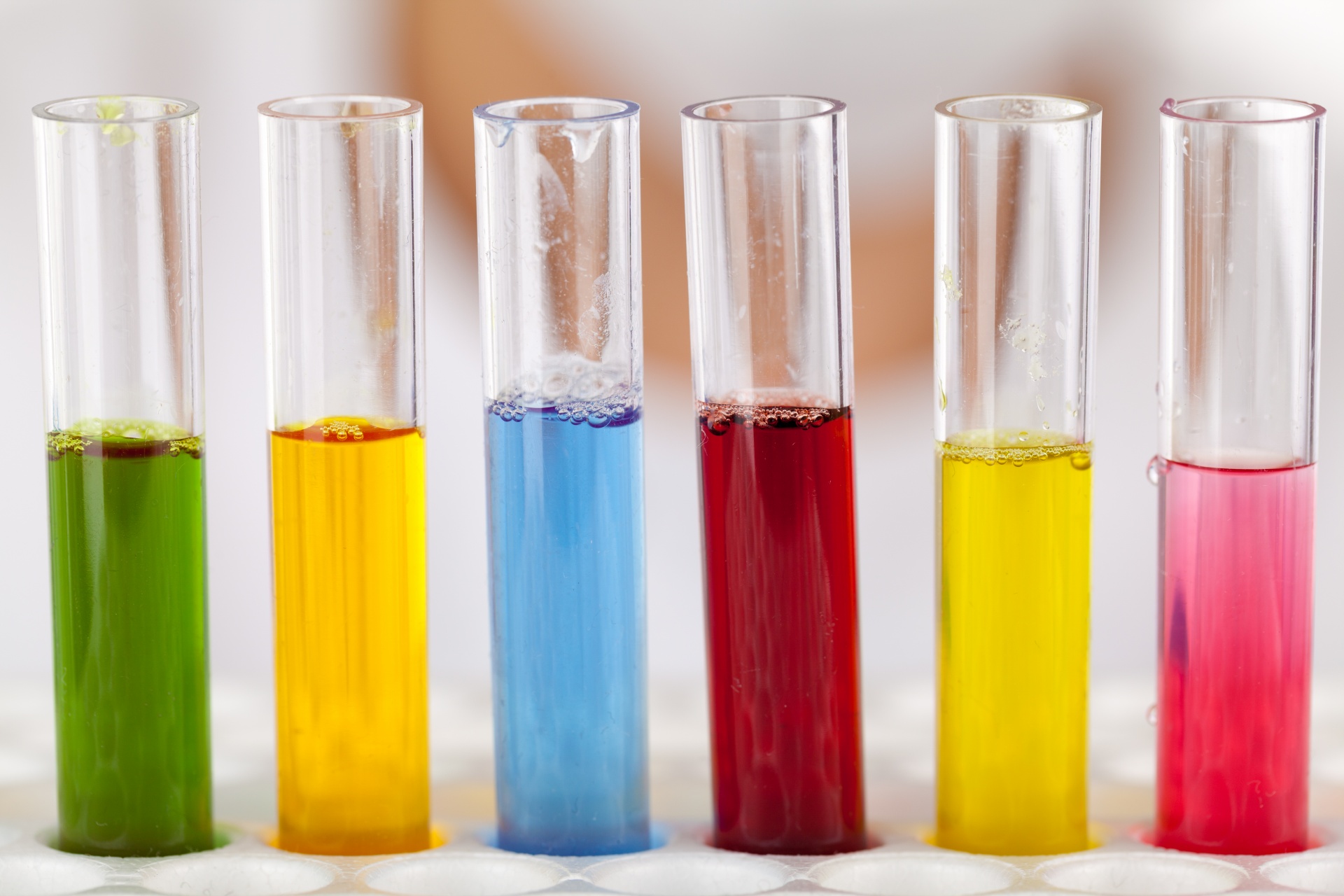During the last expedition across Bio-Land we explored the art and crafts of bio-inspired design in different fields: biological knowledge shapes human manufactures. In more abstract terms, information flows from biological systems to technological solutions. In this Tale, we are going to walk in the opposite direction. That is, we are going to consider what happens when biological systems become targets of technological approaches. In other words, we are at the gates to the diverse, broad and controversial realm of biotechnology.
Oxford Dictionaries define biotechnology as “the exploitation of biological processes for industrial and other purposes, especially the genetic manipulation of microorganisms for the production of antibiotics, hormones, etc”.

Nowadays, the first practices we think of when questioning around this definition are probably genetic engineering and drug development. But the roots of the biotechnological shape of mind reside way farther in time, and concern quite different problems than those related to health care. Let’s extend the definition of biotechnology to all interventions on biological systems able to determine improvements in the human processes they are involved into. Under this perspective, the earliest example of biotechnology is the domestication of plants and animals. Such practice begins over 10,000 years ago, when our ancestors start keeping plants as a reliable source of food. The sole creation of a domestic environment for a species modifies resource availability and selective pressures acting on it. That corresponds to an indirect modification of its genetic makeup. Sounds like an overstatement? Consider if you ever observed a wild animal with a curly tail, and think again. In this frame we are observing just a part of the overall process, that taken as a whole is more about interaction than direct conditioning. Still, it holds that such biological systems were in a sense driven towards the fulfillment of specific human needs. That comes even more clear considering those who actively perform selective breeding, arranging mating of organisms with desirable traits to intentionally enhance these traits in their offspring for improving yields and productivity.
The conceptual ancestor of biotechnology is zymotechnology, the study of fermentation. Our early ancestors use microorganisms to make bread, yoghurt and cheese, or alcoholic drinks like beer and wine. Fermentation, probably discovered by accident, is largely used way before an explanation for the underlying mechanisms emerges. Fermented products are often considered as gifts from some gods. Microorganisms such as yeast, moulds or bacteria breaking down sugars in the absence of oxygen do the work instead. What an inconvenient misunderstanding. Louis Pasteur first described the scientific basis for fermentation in the late 1800s: his germ theory assesses microorganisms are involved and describes the effects of the biochemical transformations carried out by them.
Living organisms are unknowingly used for medical applications too. Ancient Egyptians use honey, which is a natural antibiotic, for controlling infections. Around 600 b.c., the Chinese are using mouldy soybean curds to treat boils. Ukrainian peasants do the same with mouldy cheese. The scientific basis for this therapeutic actions is that moulds release natural antibiotics able to kill bacteria. Only in 1928 that Alexander Fleming first extracts penicillin, the first antibiotic, from mould, understanding the biological basis of its functioning.
In 1865, a monk named Gregor Mendel identifies genes as the unit of inheritance. Almost a century later, Rosalind Franklin and Maurice Wilkins contribute to Watson and Crick’s derivation of the three-dimensional double-helical model for the structure of DNA. In the 70s Cohen and Boyer propose a recombinant DNA technique. With these last two steps, biotechnology begins to include direct genetic engineering approaches. Techniques become increasingly controllable and scalable.
Parallely, ethical concerns raised by the population increase. Not all oppositions to biotech innovations can be ascribed to exclusively cultural motivations. In fact, the idea that genetic engineering could have major human and societal consequences causes in 1974 a call for a halt in research until it could be regulated in such a way that the public need not be anxious, and it led to a 16-month moratorium until National Institutes of Health guidelines are established. The form we perceive biotechnology nowadays comprises the contributions of all these events, some very distant in time, some very recent. Among others, the successful efforts for sequencing the human genome during the 2000s seed a vision of biology as an information science: once you decrypt the code, you can manipulate data given the suitable technological tools.
Biotechnology is more a rich toolkit than a specific field of application. We can consider the matter respect both to the fundamental techniques and to the application fields. I will not focus on the specific techniques, but it is useful to keep in mind they all revolve around the capability for getting to know the information from which the biological system takes shape and for modifying such instructions, being able to assess and control quantitatively the effects of such targeted modifications. Concerning the fields of application, they are nicely classified with a sort of colour code.

Red biotechnology is connected to medicine: vaccines and antibiotics production, drug development, molecular diagnostics techniques, regenerative therapies and the development of genetic engineering to cure diseases through genetic manipulation. Huge potential of diagnostic methods is based on the development of molecular diagnostics, various “-omics” (genomic, proteomic, metabolomic and related ones), miniaturization and scaling of existing molecular tests.

White biotechnology relates to industrial processes, with a special attention to design low resource-consuming processes and products, making them more energy efficient and less polluting than traditional ones. Some examples: the use of microorganisms in chemicals production, the design and production of new materials for daily use (plastics, textiles …) and the development of new sustainable energy sources such as biofuels, application of biocatalysis in industrial processes. It concerns chemical, pharmaceutical, cosmetic, paper, textile, tanning and food industries, as well as in power industry.

Grey biotechnology concerns the environment. Applications can be split up into two main branches: biodiversity maintenance and contaminants removal. Regarding the first, an example is genetic analysis of populations and species that are part of ecosystems, their comparison and classification and also cloning techniques aimed to preserve species and genome storage technologies. As for pollutants removal or bioremediation, microorganisms and plants are used to isolate and dispose of different substances such as heavy metals and hydrocarbons, with the added possibility of subsequently making use of these substances or by-products from this activity.
Green biotechnology is focused on agriculture as working field. Applications include creating new plant varieties of agricultural interest, producing biofertilizers and biopesticides, using in vitro cultivation and cloning plants. Varieties resistant to pests and diseases can be generated, as well as varieties with improved nutritional properties. Also, species able to act as bio-factories and produce substances of medical, biomedical or industrial interest in quantities easy to be isolated and purified are studied.


Blue biotechnology is based on the exploitation of sea resources to create products and applications of industrial interest. Given the huge biodiversity of the seas, potentially there are many applications.

Violet biotechnology deals with doubts and fears raised by biotech innovations, as well as law problems mostly connected with patenting of biotech inventions. This matter is a sphere of activity of ethicists, philosophers and churches: disputes between different actors, dividing in followers and adversaries of biotechnology depending on the specific matter, raise very interesting ethical and practical questions.
The colour map of biotechnologies has many more shades than that, and its bands can merge, creating different interesting overlaps. Anyways, in this exploration, a coarse-grained overview of the possible biotechnological applications is given. There is a lot more to tell, and this is just another small roundtrip Alice and the biologists take around Bio-Land, searching for old and new ways for communicating and sharing their respective skills and knowledge. Now we are observing the rainbow from a distance – but whenever we want to, we can start to appreciate its complex shades, knowing already we will never make it to its end. From my perspective, boundless exploration yields treasures way more valuable than any gold pot we could find at the end of the rainbow.
 Roberta Bardini
Roberta Bardini
